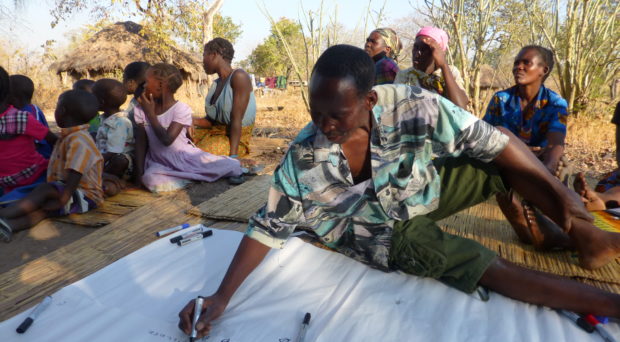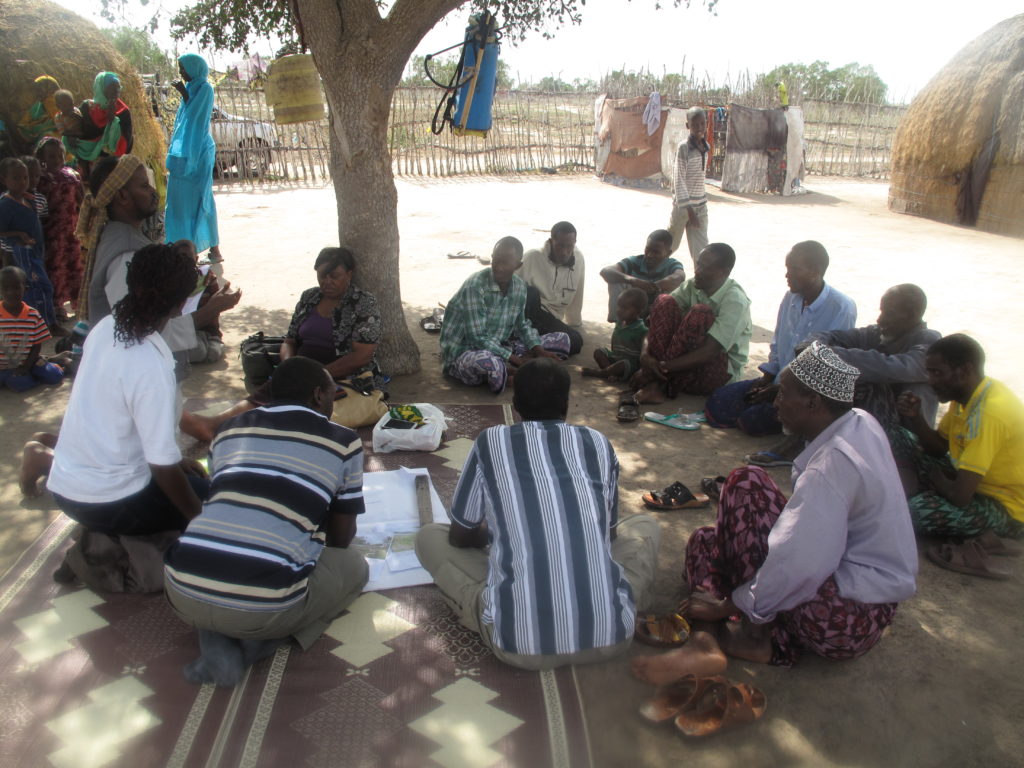
This is the question posed in a new paper in the Special Issue ‘One Health for a Changing World’, just published in the Philosophical Transactions of the Royal Society. The paper reflects on the work undertaken in the Dynamic Drivers of Disease in Africa Consortium, and particularly the research on Lassa fever and Ebola in West Africa. In it, we propose an integrative approach to modelling for One Health, combining process, pattern and participatory approaches in a ‘3Ps’ approach.
Modelling is always a partial route to understanding complex systems. This is the case whether models are constructed in terms of elaborate mathematical equations, statistical relationships or simple diagrammatic or verbal presentations. They are inevitably constrained by model structure and framing, as well as the availability of data at different scales.
So, despite the many claims made for models in disease response policy efforts, they can only do so much.
But what happens when conversations between models – and modellers of different sorts – are encouraged? Rather than constructing an ever more elaborate model with every aspect covered, our approach has been to recognise that all modelling approaches have their value – but particularly in interaction.
Modelling approaches

For example, simple process models can help us think about how disease dynamics unfold, while pattern-based macro-ecological models can make use of layers of statistical data about drivers of disease. When such models are combined as in new environmental-mechanistic models, a whole new set of insights can be uncovered. For example, with Lassa fever and Rift Valley Fever in Africa, future impacts of climate change can be modelled in relation to spatially-specific spillover and transmission rates.
While linking process and pattern-based models has emerged as a frontier area in disease modelling, there has been much less attention to how such quantified models can be combined with what we call ‘participatory modelling’. This involves ground-level understanding emerging from ethnographic and participatory methods. It is aimed at getting to grips with how local people, living with diseases and the animals that can transmit diseases on a daily basis, understand the interactions between disease emergence, ecological drivers and social, cultural and political factors.
Local understandings
As we show in the paper for both Ebola and Lassa fever, asking basic questions about social roles, unsafe practices, mobility, temporal change and long-term dynamics helps reveal important insights, unpacking the ‘black box’ of disease transmission through local understandings. These both challenge and enrich the more quantitative models.
As we saw in the devastating Ebola outbreak in West Africa, models with limited insights into how people behave, and how they respond to an unfolding outbreak, often missed their mark, as well as offering only a very generalised picture of key dimensions of ecology, settlement and movement patterns. A more nuanced and accurate approach only arose when local perspectives were taken seriously, dramatically shifting health and emergency responses.
As we saw in the devastating Ebola outbreak in West Africa, models with limited insights into how people behave, and how they respond to an unfolding outbreak, often missed their mark,
Interdisciplinary team-building
How then can such a conversation between modelling approaches be convened? Some very basic requirements of interdisciplinary team-building are needed. This means the development of a common language, reinforced by trust and respect across modelling groups to allow for a more inclusive, co-produced process of model development.
Intimidating mathematics or complex ethnography should not come in the way. Nor should a sense of hierarchy of what authoritative knowledge is.
As we found, combining process, pattern and participatory modelling is not easy. Effective integrative modelling requires iterative, long-term, collaborative work, moving from abstract modelling to the field and back and forth across multiple conversations to build and deepen understandings. This takes time, trust and patience, and may well involve ‘constructive conflict’ of different sorts.
Our work, which involved many colleagues in both Africa and the UK, was a preliminary attempt to realise such an integrated modelling approach. We believe that a 3P approach to modelling must be central to any One Health approach that can respond fully to real-world challenges. It will require new ways of working, and new interdisciplinary engagements, but the result will hopefully be more effective and appropriate responses to the global challenge of emerging infectious disease.
Comments